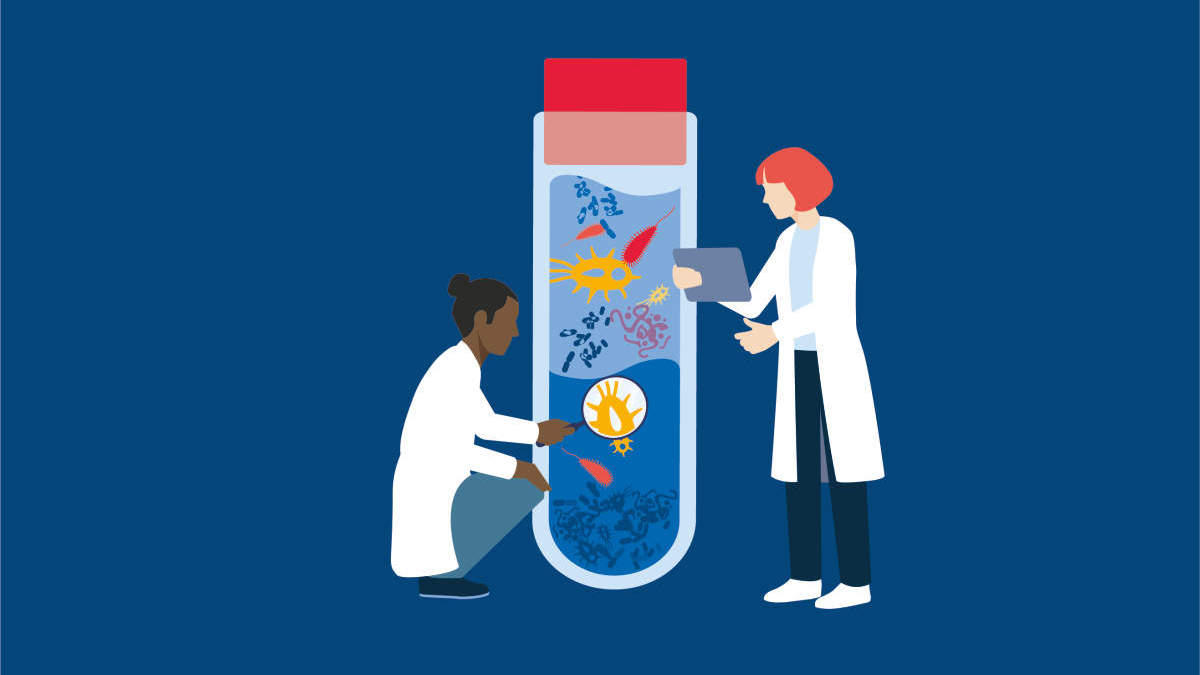
A world that’s equal parts fascinating and perplexing
Microbes are involved in almost every process on this planet. Despite this omnipresence, studying the composition, diversity and function of this invisible world and its impact on humans, animals, agriculture and the environment is cumbersome.
Researchers have to deal with a variety of challenging samples that are a complex mixture of microbes, their metabolic products, organic and inorganic materials, biopolymers and metal ions.
How challenging is your sample?
Microbiome best practice guidelines – learn sample- and analyte-specific tips and tricks
Establishing methods that ensure enough yield of microbial nucleic acids and capture the most accurate alpha diversity is not trivial.
That’s why we’re introducing the microbiome best practice guidelines – a growing collection of technical guidelines to support microbiome researchers like you. Overcome technical challenges along the whole molecular testing workflow to gain unbiased and reproducible insights from your microbial samples.

